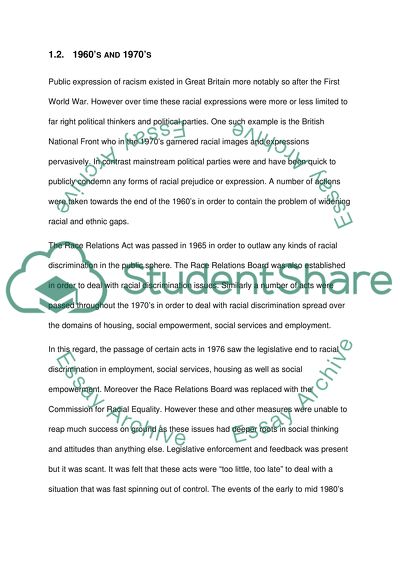Cite this document
(“To what extent and why did the 1980s see a turning point in British Essay”, n.d.)
Retrieved from https://studentshare.org/sociology/1394779-to-what-extent-and-why-did-the-1980s-see-a-turning-point-in-british-race-relations
Retrieved from https://studentshare.org/sociology/1394779-to-what-extent-and-why-did-the-1980s-see-a-turning-point-in-british-race-relations
(To What Extent and Why Did the 1980s See a Turning Point in British Essay)
https://studentshare.org/sociology/1394779-to-what-extent-and-why-did-the-1980s-see-a-turning-point-in-british-race-relations.
https://studentshare.org/sociology/1394779-to-what-extent-and-why-did-the-1980s-see-a-turning-point-in-british-race-relations.
“To What Extent and Why Did the 1980s See a Turning Point in British Essay”, n.d. https://studentshare.org/sociology/1394779-to-what-extent-and-why-did-the-1980s-see-a-turning-point-in-british-race-relations.


